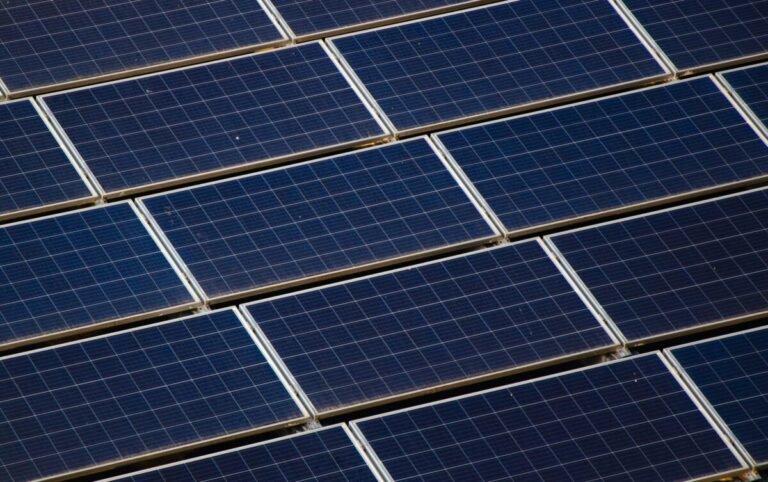The Indian Union Budget will be presented next week. Developers in the country are hoping for lower goods and services taxes (GST) and import duties on solar components, as well as a delay in enforcing the Approved Model and Manufacturer List (ALMM) until domestic supply improves.
India aims to achieve 500 GW of installed electricity capacity from non-fossil fuels by 2030, including 293 GW from solar and 100 GW from wind, the government’s Central Electricity Authority said.
As of June 30, 2024, India had installed 85,474.31 MW of solar capacity, of which 12.92 GW was from rooftop projects.
To achieve the 2030 national renewable energy target, the government plans to accept bids for 50 GW of renewable energy capacity per year, including 10 GW of wind capacity, from the 2023-2024 budget year to the 2027-28 budget period.
JMK Research said developers installed 14.7 GW of solar capacity in the 2023-2024 financial year, with 11.7 GW from utility-scale projects and 3 GW from rooftop installations. Supply chain disruptions and high VAT and import duties on renewable energy components have driven up project costs.
To reduce import dependence, the government has introduced the production-linked incentive (PLI) scheme for high-efficiency PV modules, encouraging the domestic industry to scale up production.
“The green energy sector is witnessing a paradigm shift, driven by strategic government initiatives and innovative financial instruments,” said Amit Jain, Global CEO of Sterling and Wilson Renewable Energy. “Higher capital spending, as evidenced by the government’s plan to invest more than $360 billion in renewable energy infrastructure by 2030, highlights the [government’s] commitment to expanding the country’s sustainable energy mix and improving network capacities.”
Jain called for lower GST rates on renewable energy components by up to 5% from current rates, thereby significantly reducing the cost structure for green energy projects. He said this would also increase the affordability and attractiveness of renewable energy investments, promoting faster adoption across the country.
“Key areas of focus include the development of large-scale solar farms and ultra-mega solar projects, which require streamlined approval processes and a single-window land clearance system to simplify land acquisition,” said Chandra Kishore Thakur, CEO for Asia , Africa, LatAm and Europe at Sterling and Wilson Renewable Energy.
Thakur said he expects the government to improve low-interest loans and financing programs to help solar developers and engineering contractors. He has also called for tax rationalization such as reducing VAT on solar components, reducing Basic Customs Duty (BCD) on PV modules and cells, and extending the ALMM deadline until domestic supplies are sufficient.
Thakur called for accelerated grid integration, with a focus on improving the capacity of substations and transmission lines, increasing production capacity for critical equipment such as transformers, inverters and HT panels, and providing capital subsidies and tax breaks to reduce costs for setting up production facilities in India.
Neerav Nanavaty, CEO of BluPine Energy, expects more support in the solar sector. “Despite challenges such as high upfront costs and regulatory complexity, robust incentives and streamlined processes are imperative to make solar energy more accessible and affordable,” Nanavaty said.
To read further, visit our pv magazine India website.
This content is copyrighted and may not be reused. If you would like to collaborate with us and reuse some of our content, please contact: editors@pv-magazine.com.


